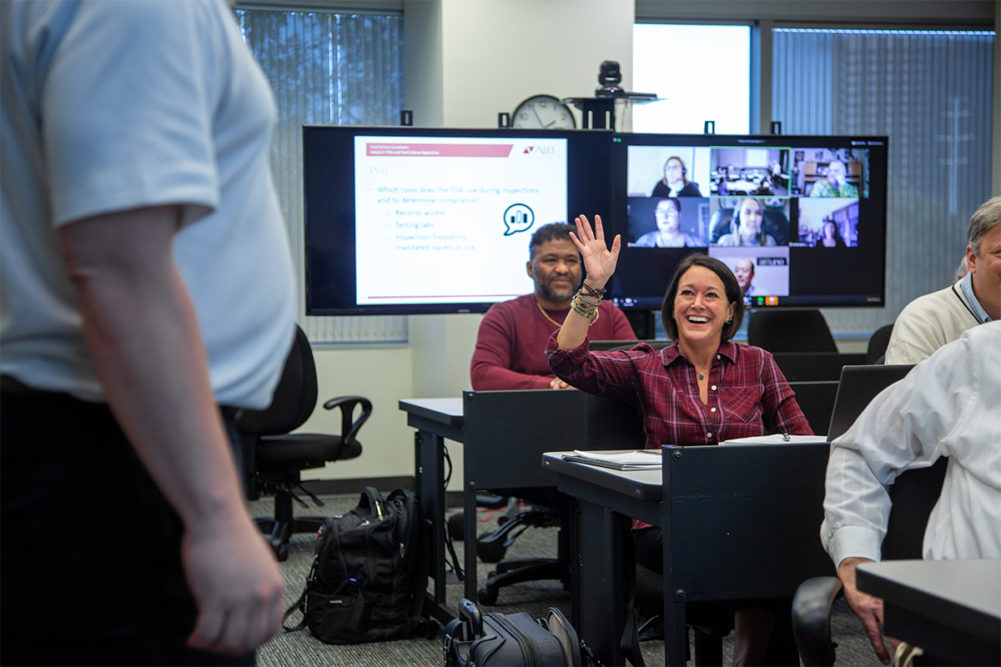Training only works if it’s effective. Otherwise, it wastes everyone’s time and money. Training is effective when employees are implementing the skills they’ve been taught or their behaviors have changed.
“It’s a matter of creating habits, and the only way to do that is emphasizing and saying it again and again,” said Jaime Correa, chief executive officer, AbiMar Foods, Abilene, Texas, about training for general knowledge. “Having a person or group of people telling them the same thing every day or even through messaging helps create a habit.”
AbiMar does this with continual messaging, whether it’s training videos in the breakroom or supervisors reminding employees about best practices. For example, the company created the bio security supervisor position, and this team member keeps biological safety behaviors top-of-mind for the bakery team.
When conducting training, each medium requires different strategies to ensure that the training is holding focus. For remote training conducted digitally, interactive elements become critical. Conducting quizzes at natural stopping points or even gamifying knowledge checks throughout training can keep employees engaged.
“We have seen that with a traditional webinar, there can be fatigue that sets in,” said Cari Rasmussen, food safety specialist, Commercial Food Sanitation. “It’s not very interactive. We know people learn in different ways, so you have to use keywords, images and videos to bring that training to life.”
As far as in-person training goes, Ryan Will, bakery professional, AIB Internationa, suggested training be limited to a few hours at a time but held on consecutive days. This helps people stay focused. Small groups are also ideal for reasons other than health concerns.
“This helps ensure everyone stays engaged and has an opportunity to ask questions of the trainer,” he said.
A knowledge check after the training lets companies know if it was indeed effective, but these checks need to be appropriate to the skill and knowledge being evaluated. Quizzes are great for evaluating general, foundational information. Discussions can help gauge understanding. But some require hands-on demonstration.
“If you expect to see a new skill from your employees, like cleaning a piece of equipment, observe the employees after the training to audit the training process,” Ms. Rasmussen explained. “Are your employees achieving the skill?”
With the right training model in place, not even a pandemic can stop baking companies from keeping their employees up to date on the latest information and skills. Effectively implementing both in-person and digital training can help streamline the process and keep standards of quality and safety high.
This article is an excerpt from the June 2021 issue of Baking & Snack. To read the entire feature on Training, click here.






